
Many of the world’s horse breeds are already extinct. Many more are in danger of going extinct.
Conservationists and dedicated horse breeders are working to save these breeds from extinction.
List of rare horse breeds from around the world
North and South American breeds
American Bashkir Curly

Place of origin: North America
Global population: 4,000+
The curly horse has a very unique coat of curly hair, especially in winter. They are said to be hypoallergenic.
American Brabant

Place of origin: United States
Status: study
Closely related to the Belgian draft, the American Brabant is nevertheless its own unique breed. Starting from about the 1940s, “American Belgians” began to be taller, lighter-bodied, and with less feathering on the legs than their European cousins.
American Cream Draft Horse
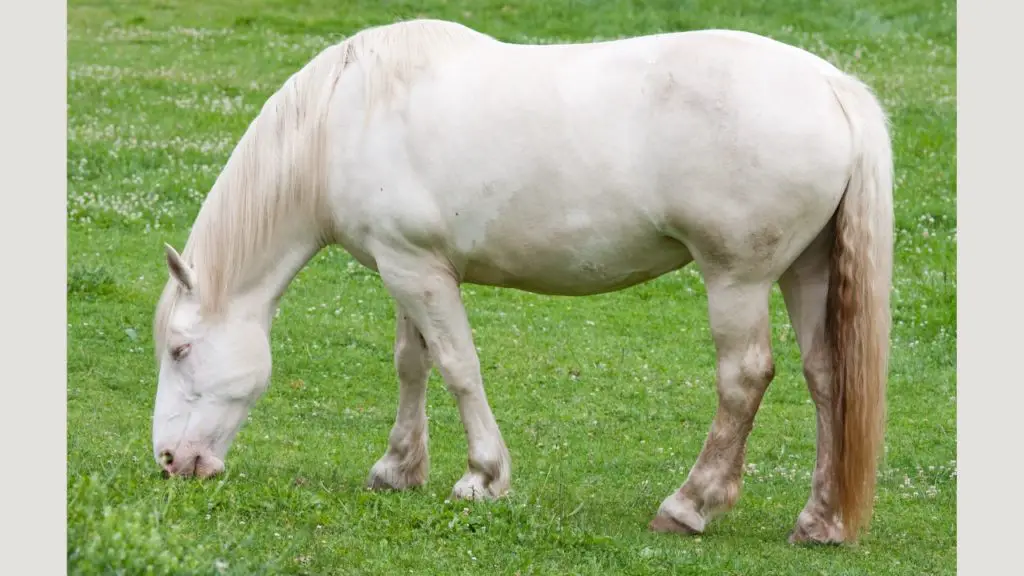
Place of origin: United States
Status: critical
Global Population: less than 500
The American Cream draft horse was developed in Iowa, USA, starting in 1911 with a uniquely colored mare named Old Granny. She passed down her cream color to her offspring, and the resulting population of cream-colored draft horses have been a rare and cherished American heritage ever since.
Banker Horse

Place of Origin: Outer Bank Islands, North Carolina USA
Status: critical
Global population: <250
A unique population of wild horses that inhabit the Outer Bank Islands, Banker Wild Horses are descended from Spanish horses brought to the coast of Virginia and the Carolina’s in the 1500s.
Canadian Horses

Place of origin: Canada
Status: threatened
Global Population: about 6,000
The Canadian Horse is traceable back to 17th century Canadian and French horses. This breed helped found the American horse breed, the Morgan.
Carolina Marsh Tacky

Place of origin: South Carolina, United States
Status: critical
Global Population: about 275
Closely related to the Colonial Spanish breed, the Carolina Marsh Tacky is unique to South Carolina. They love working in water and swamps and have a unique 4-beat gait distinct from a running walk or fox trot.
Choctaw Horse

unknown/CC
Place of origin: United States
Status: critical
Global Population: about 250
The Choctaw Horse is a type of Colonial Spanish horse, whose ancestors were brought by the Spanish to North America in the 1500s. This unique strain was historically raised by the Choctaw tribe of Native Americans.
Falabella

Place of origin: Argentina
Status: vulnerable
Global Population: a few thousand
The Falabella is a breed of miniature horse, one of the smallest in the world. Developed by the Falabella family in Argentina, most of them still reside there on the family ranches.
Florida Cracker

Place of origin: Florida, United States
Status: critical
Global population: about 1,000
A small horse with good cow sense, the Florida Cracker has historically and is often still used for ranching in Florida. The breed has roots in Spanish horses brought by explorers, and Cuban imports during Spain’s rule.
Galiceno

Place of origin: Mexico
Status: critical
Global population: less than 200
A Spanish horse brought to Mexico by Hernando Cortes in 1519, the Galiceno has been valued there ever since for its gentleness, strength, and intelligence.
Lac La Croix Indian Pony (Ojibwe Pony)

Place of origin: North America
Status: critical
Global population: about 200
Ojibwe horses are said to be descendents of prehistoric North American horse populations (and not related to the horses brought by Europeans). These horses used to live semi-feral in the forests around the Great Lakes.
Lippitt Morgan
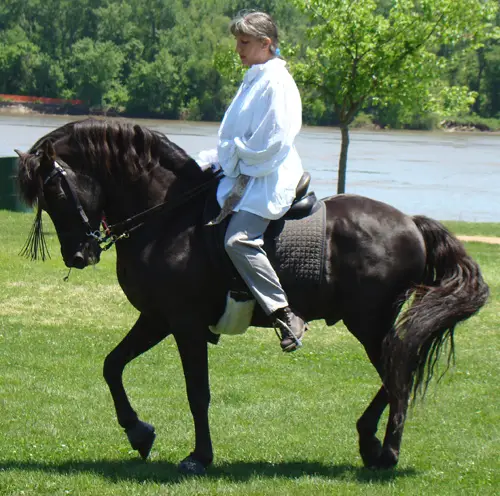
Place of origin: New England, United States
Status: critical
Global population: less than 1,000
The Lippitt Morgan, or Traditional Morgan, is a true American breed. It is the purest of the Morgan horses, retaining the truest original type of Justin Morgan’s horse, Figure.
Mountain Pleasure Horse/Appalachian Purebred Gaited horse

Place of origin: Kentucky, United States
Status: threatened
Global population: around 2,500
Mountain Pleasure Horses are close cousins of the Rocky Mountain horse. They have a smooth, extremely comfortable gait and are beloved as family trail horses.
Newfoundland Pony

Place of origin: Newfoundland, Canada
Status: critical
Global population: about 250
Hardy enough to roam free in Newfoundland, Canada, as they historically were allowed to, these ponies are very good-natured and hard-working.
Nokota Horse

Place of origin: North Dakota, United States
Status:
Global population: unknown, more than 200
Nokotas are descended from wild horses living in North Dakota. Blue roan is a very common color among horses of the breed.
Paso Fino
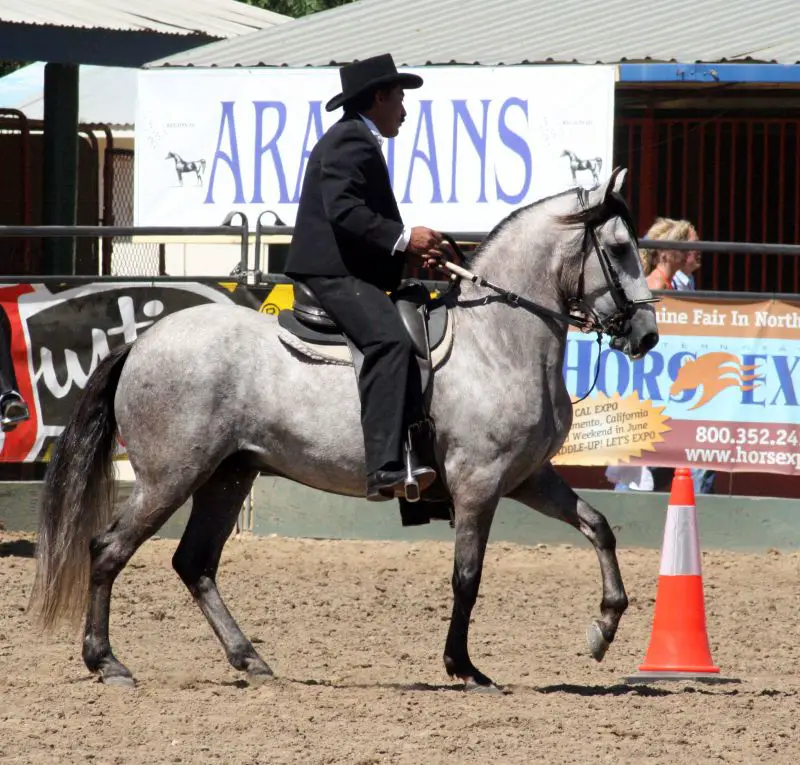
Place of origin: Puerto Rico
Status: threatened
Global population: less than 2,500
The Puerto Rican Paso Fino is most famous for its very smooth 4-beat gait that can be done at 3 different speeds. These island-bred horses are descendents of the first Spanish horses brought to the Caribbean, including Andalusians, Spanish Barbs, and Spanish Jennets (now extinct).
Sable Island Horse

Place of origin: Sable Island, Canada
Status: protected
Global population: between 450 and 550
Sable Island Horses are a feral population that live without human intervention on Sable Island in Canada. Since horses were introduced to the island in the 1700s, the isolated population has developed significant genetic differences from any other horse breed.
Spanish Mustang
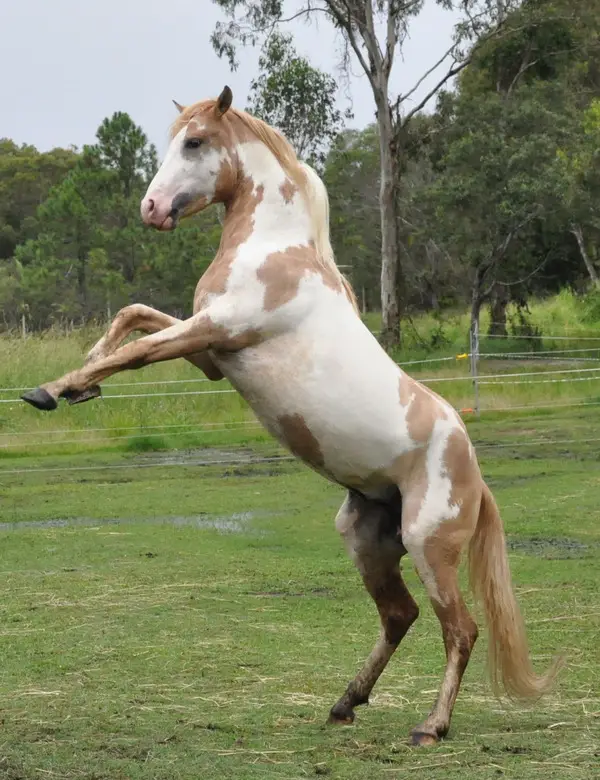
Place of origin: Spain/United States
Status: critical
Not to be confused with the other American mustangs managed by the Bureau of Land Management, these formerly feral horses are directly descended from horses brought to North America by Christopher Columbus. They are highly respected partners for endurance riding and other sports that require toughness and intelligence.
European breeds
Black Forest Horse
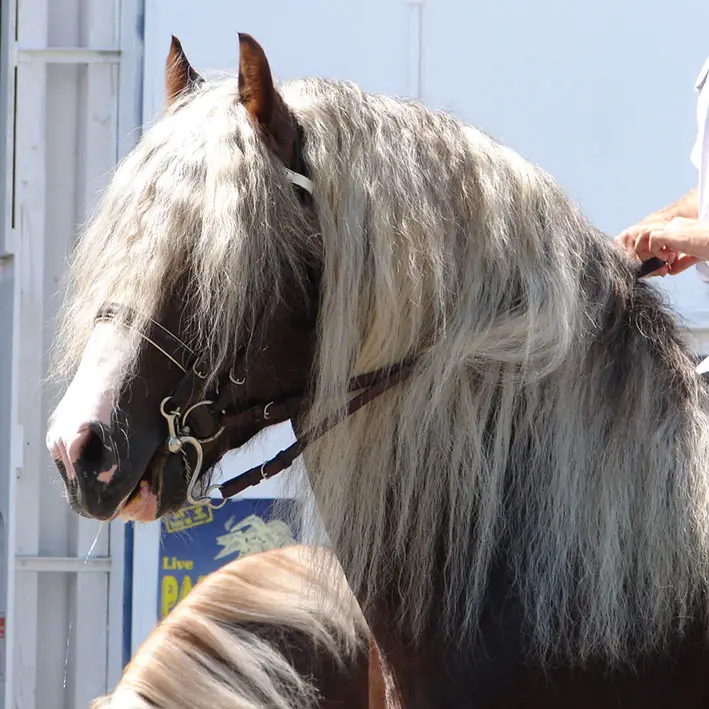
Place of origin: Germany
Status: endangered
Global Population: less than 2,000
Black Forest horses are striking dark chestnut horses with copious flaxen manes and tails. The light draft horses may have derived from horses used for farm work, but today the breed is used for harness driving and as a riding horse.
Camargue Horse

Place of origin: France
Global Population: 2,000+
These small, hardy horses look a bit like Lipizzaners, but originally come from a wild horse herd in the Camargue region of France. They are traditionally used to herd the cattle that live in the Camargue region, but also for pleasure riding.
Cleveland Bay Horse

Place of origin: England
Status: critical
Global Population: less than 900
A huge draft breed that only comes in one color (bay), the Cleveland Bay is a cherished part of English history. They were originally bred for either pack horses or pulling, and are characteristically calm and dignified.
Dales Pony

Place of origin: England
Status: critical
Historically used for everything from farm work to light draft work in World War I&II, Dales ponies are great athletes and workers.
Eriskay Pony

Place of origin: Scotland
Status: critical
Global Population: around 420
The Eriskay Pony Society refers to their beloved breed as “your friendly 4×4”. The small but tough ponies are wonderful companions for hacking on any terrain, as well as many other athletic endeavors.
Exmoor pony

Place of origin: United Kingdom
Status: critical
Exmoor Ponies are considered the oldest and purest of native English pony breeds. They are also one of the rarest breeds.
Fell Pony

Place of origin: England
Status: vulnerable
Global population: 6,500+
Dales and Fell Ponies are closely related. The Fell pony is the closest relative of the now-extinct breed, Scottish Galloway. They are a very kind and hardy breed.
Gidran (Hungarian Anglo-Arab)
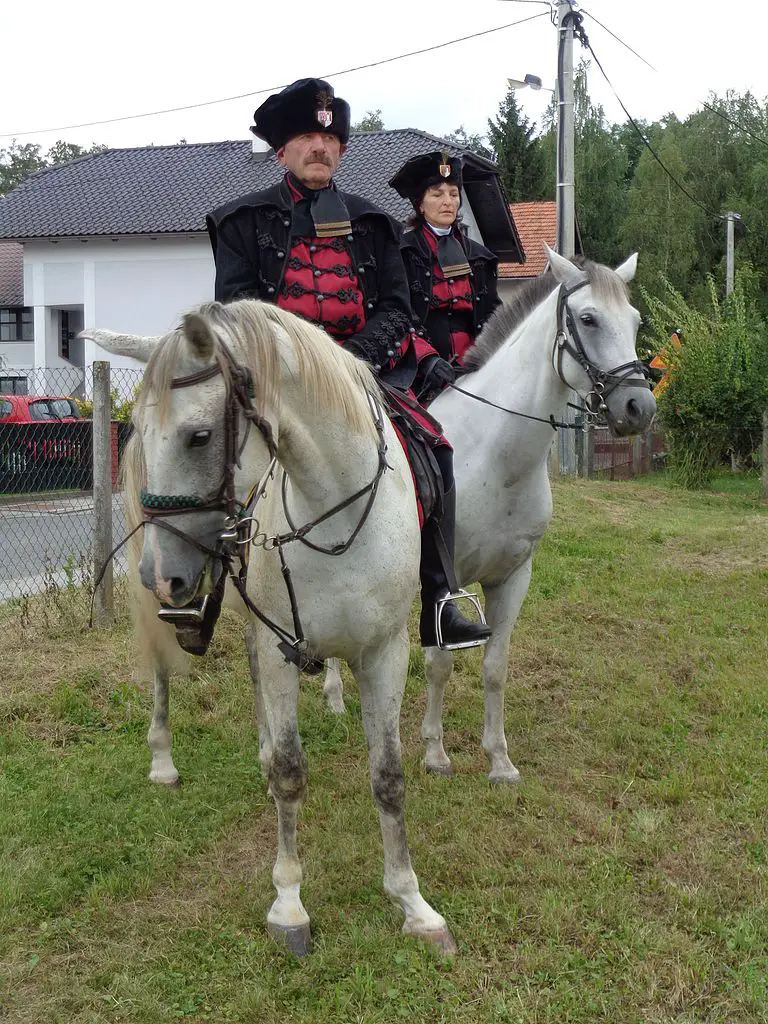
Place of origin: Hungary
Status: critical
Global population: less than 200
The Gidran breed is based on Arabian ancestry with carefully focused breeding at the Hungarian State Stud to produce a large muscular sporthorse with excellent jumping abilities.
Gotland

Place of origin: Baltic Isles, Sweden
Status: at risk
Once used for work in coal mines, Gotland ponies are now good ponies for children. They are gentle, willing, and athletic.
Hackney Horse
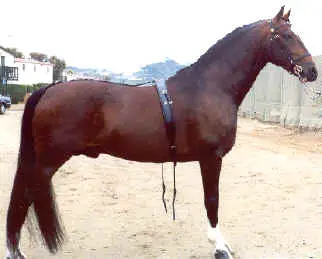
Place of origin: England
Status: vulnerable
Global population: less than 3,000
The high-stepping Hackney Horse is a flashy harness horse. It is a reminder of a bygone era when horses with eye-catching movement could be seen pulling carriages in city streets. They are less popular for saddle horses, but some are succeeding in dressage and jumping.
Hackney Pony

Equinologist at English Wikipedia/CC
Place of origin: England
Status: vulnerable
Global population: less than 3,000
The Hackney pony is closely related to the Hackney Horse, but is pony size. Originally bred to pull smaller vehicles, they are now almost exclusively used for show, like their larger horse relatives.
Highland Pony
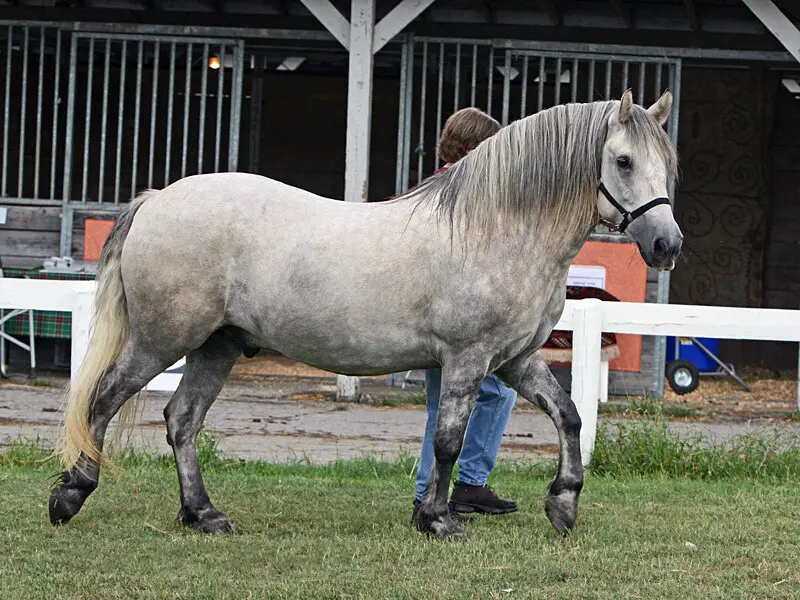
Place of origin: Scotland
Status: vulnerable
Global population: 5,000-6,000
One of 3 breeds native to Scotland, they can be stubborn and pushy but very good-tempered with training.
Irish Draught
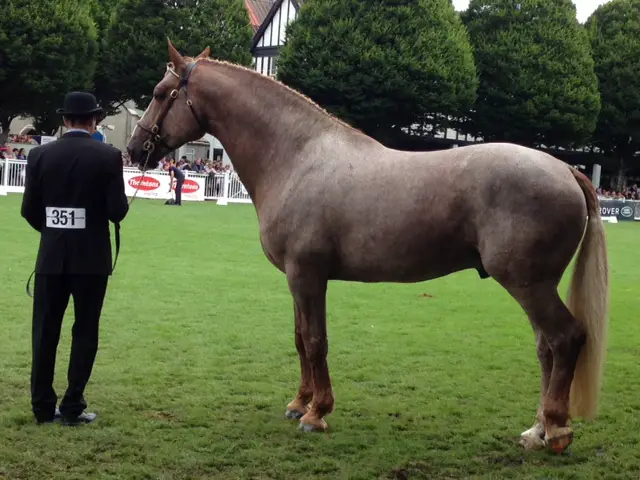
Place of origin: Ireland
Status: threatened
Global population: less than 2,000
In addition to their fitness for harness work, Irish Draughts are fearless jumpers with great scope. Purebreds are often crossed with Thoroughbreds or warmbloods to produce the Irish Sport Horse.
Knabstrupper (Knabstrup) Horse
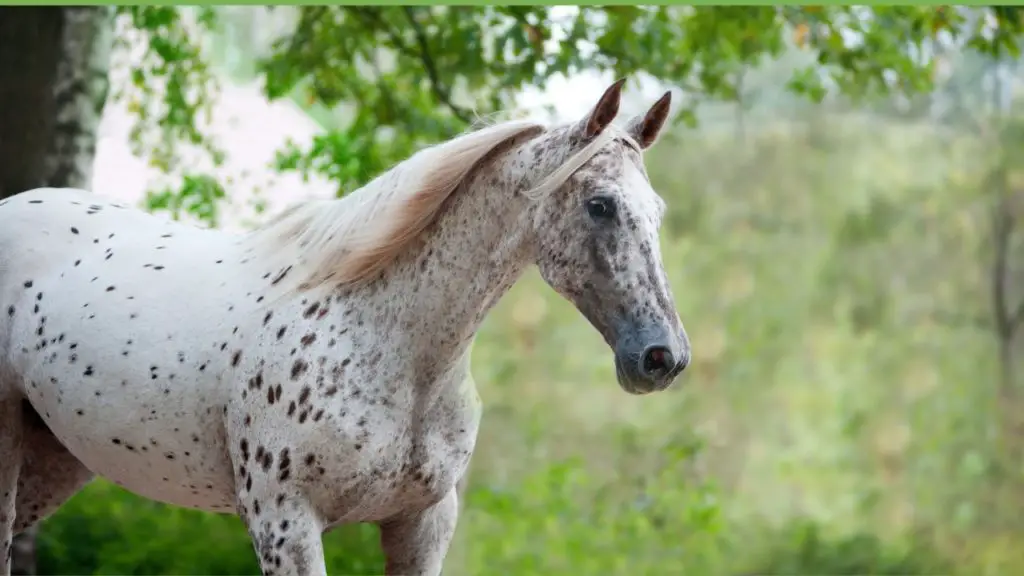
Place of origin: Denmark
Status: critical
Global population: around 600
Known for its striking spots, the Knabstrupper is an athletic warmblood that excels in dressage, jumping, and eventing. It shares ancient and more modern bloodlines with the Appaloosa, since Appaloosas were imported to help save the breed from extinction in 1971.
Lipizzan

Place of origin: Austria
Status: threatened
Global population: 10,000+
The Lipizzan is a powerfully built horse best known for excellence in dressage. This breed is used exclusively in the Spanish Riding School in Vienna, Austria, where they perform extremely difficult Airs Above the Ground in their classical dressage exhibitions.
Shire Horse
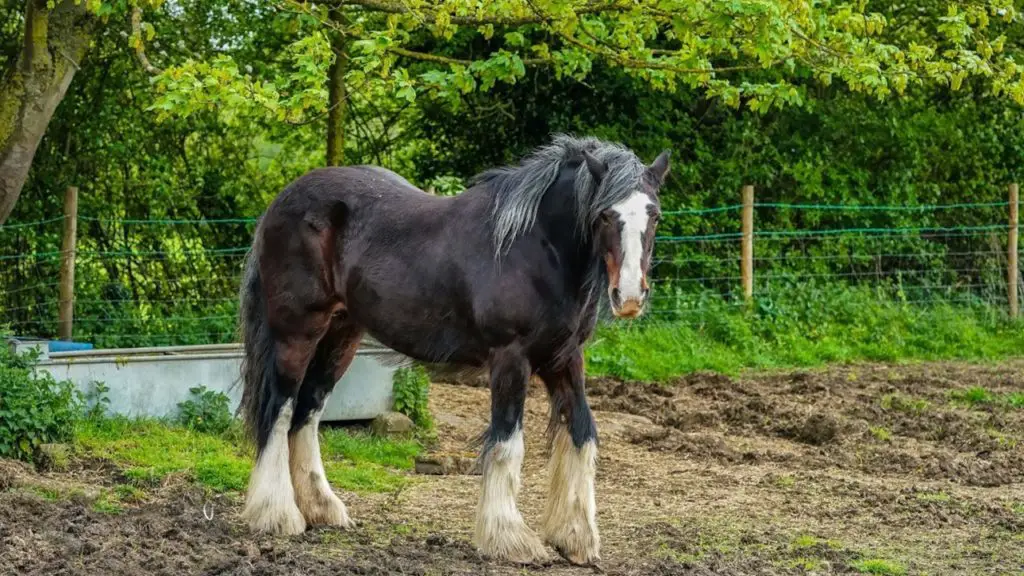
Place of origin: England
Status: threatened
Global population: less than 2,000
One of the most ancient English breeds, developed in 1790. Also one of the largest horse breeds in the world (link).
Sorraia
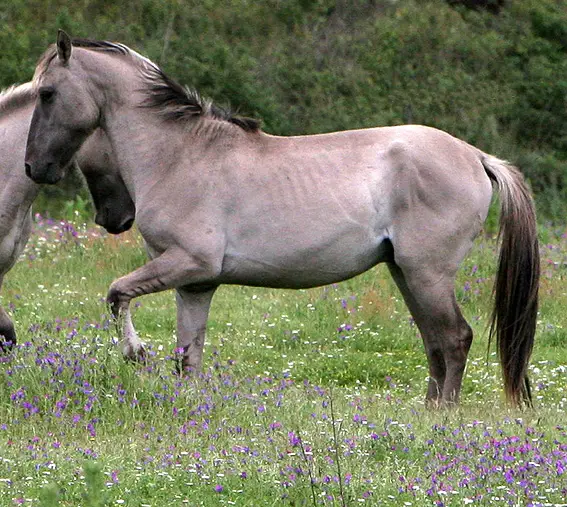
Place of origin: Portugal
Status: critical
Global population: about 200
The Sorraia is a wild horse native to the Iberian Peninsula. They are thought to be a very ancient breed (or subspecies).
Suffolk Punch horses

Place of origin: England
Status: critical
Global population: less than 500
Suffolks are a very pure English breed. They only come in chestnut coat color and are extremely heavy horses.
Asia and the Middle East
Akhal Teke
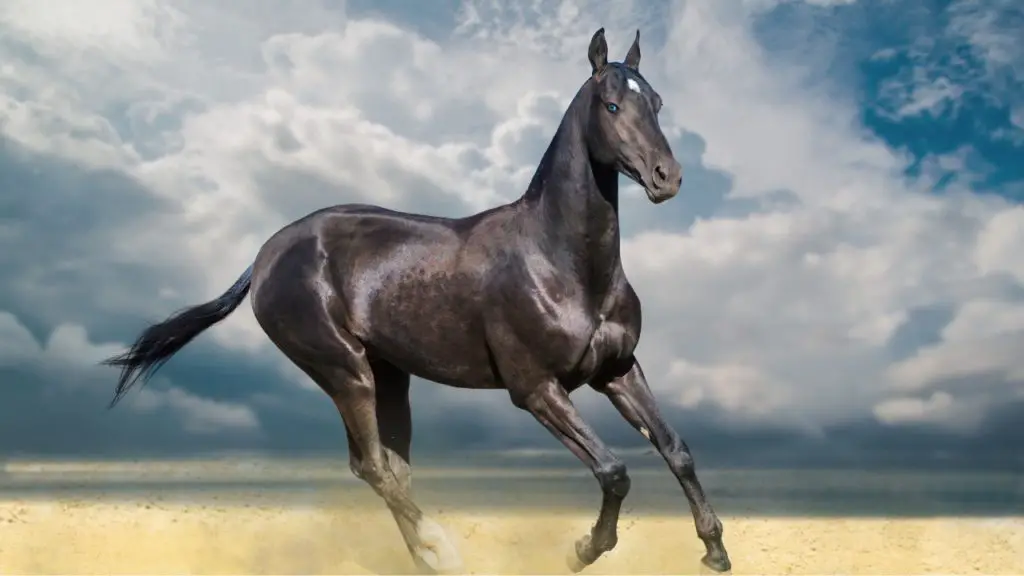
Place of Origin: Turkmenistan
Status: critical
Global population: 6,000
A small, very fast horse that influenced the Thoroughbred breed, Akhal Tekes are also strikingly beautiful horses that come in a wide range of metallic solid coat colors.
Caspian Horse
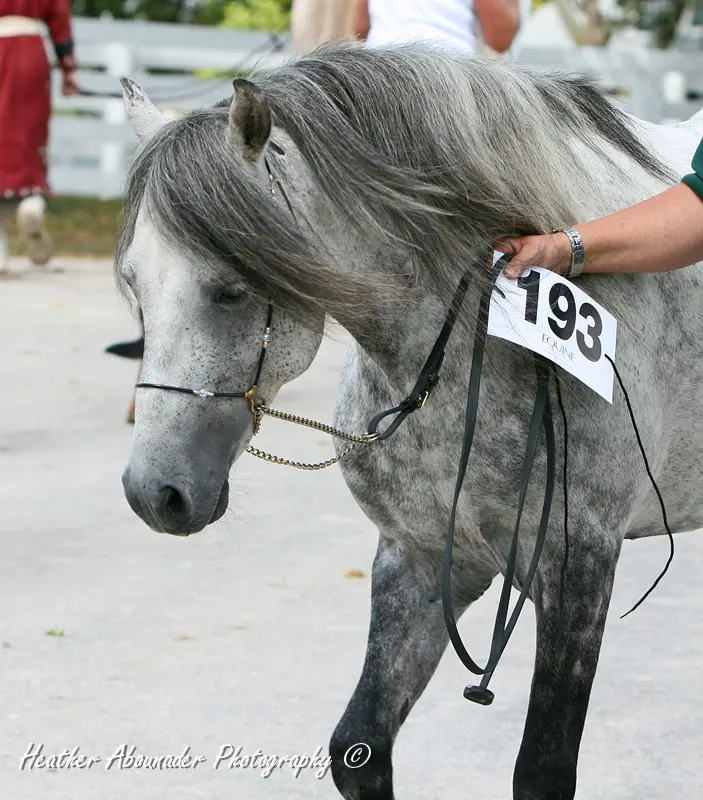
Place of origin: Iran
Status: critical
Global Population: less than 1,000
Spectacular little athletes, Caspian Horses are the ancient ancestors of Arabian horses. Like Arabians, they are wonderful endurance horses, but also great jumpers, with a beautiful movement.
Marwari Horse

Place of origin: India
Global population: 2,000+
An ancient breed still mainly found in India, Marwari horses are recognizable for their distinctive ears that curve toward each other.
Przewalski’s Horses

Place of origin: Asia
Status: endangered
Global population: about 2,000
It is a matter of debate among scientists just how different these wild horses are from modern domestic horses, but it’s clear there are significant differences. For example, Przewalski’s Horses have 33 chromosome pairs, whereas the domestic horse has 32.
Donkey breeds
American Mammoth Jackstock
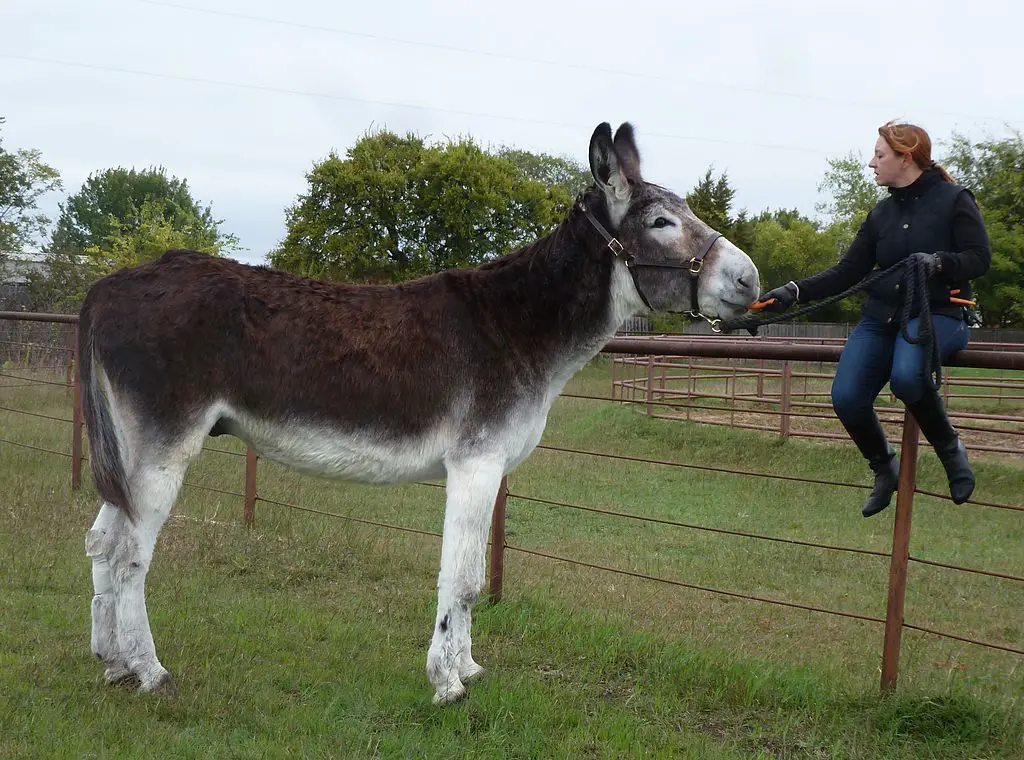
Place of origin: United States
Status: threatened
Global population: less than 2,000
As their name suggests, Mammoths are very large for donkeys. They usually stand between 14 and over 15hh. They were originally bred in the American colonies to produce large mules for farm work and transporting goods.
Miniature donkey

Place of origin: Mediterranean Region
Status: watch
Global population: less than 10,000
For over 2,000 years, miniature donkeys in the Mediterranean region have been valuable workers. They’ve been used for everything from carrying firewood to grinding grain to producing milk for skin treatments.
Poitou Donkey

Place of origin: France
Status: critical
Global population: less than 200
These donkeys have a unique coat of shaggy, long hair. They are a very ancient breed from a single region in Western France.

To learn more about these endangered horse breeds, visit these source links:
Globetrotting – Horse Cultures of the World
Like what you learned about horse breeds in this article? Jump into these too:

